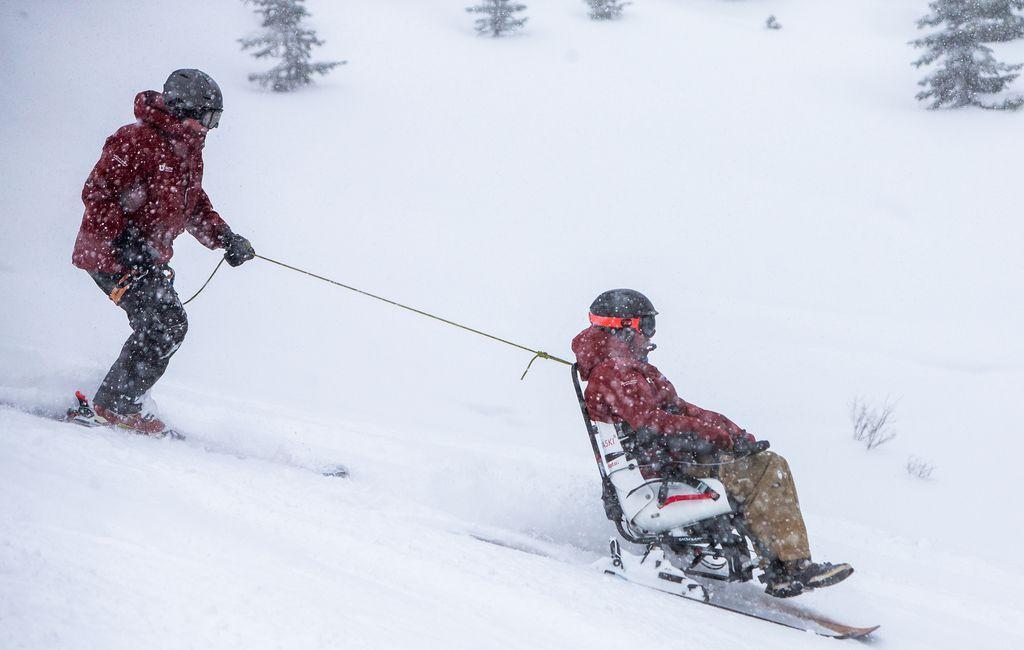Andrew Haraghey is an elite athlete.
The 26-year-old has been skiing since he was 8 years old. Raised in Connecticut, he honed his skills in Vermont and Massachusetts before coming to Utah, where he graduated from Westminster College. Recently, he was in Norway competing in an international competition.
He also happens to have cerebral palsy. Specifically, he has spastic diplegia, which means his condition most impacts his legs.
To ski, he uses outriggers: forearm crutches with skis attached to the bottom. Used in addition to his regular skis, they allow him to have greater balance and control.
Though he didn’t qualify for the upcoming March 2022 Paralympic games, he competed on Team USA in 2018.
Haraghey is one of many athletes with disabilities who participates in adaptive sports to accomplish his goals.
“[Adaptive sports] are just as competitive as non-adaptive sports the majority of the time,” Haraghey said. “It’s just competing in a slightly different way.”
Tracy Meier, the program manager for the National Ability Center based in Park City, echoed his sentiments.
She often hears able-bodied people express surprise that Paralympic athletes ski better than they do, but said no one should be surprised by that.
“They might [participate in their sport] differently, but they have every skill and ability to reach their full potential, which can certainly be better than others, with or without a disability,” Meier said.






